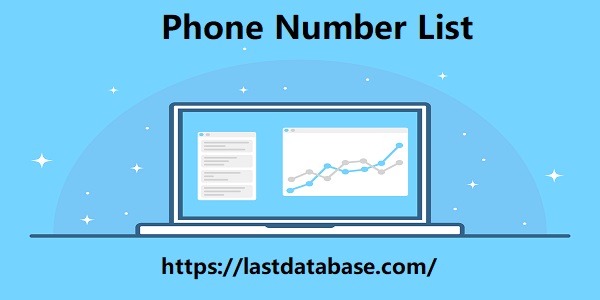Post by account_disabled on Mar 11, 2024 5:03:47 GMT
CABAY expressed his fear about opening the data to anyone for national security for the fact that they can be appropriated and there would be commodification of them. As we are still in an IP system, which entails exclusive rights, publishers will eventually be paid to publish those works. Publishers are in of open access because this business model benefits them. . CASO suggested that open science is a tool to build democracy and peace, exactly the opposite of a world divided by borders, walls, etc. For example, we use the expression “patent wars” for the anti-COVID-19 vaccination because it was a geopolitical problem. Prof GOLD added that open science is not a single act but an approach in which the expectation is that of mutual sharing in order to give access to the community. Which priority would you identify as the first step in order to alleviate tensions between traditional IP and Open Science as a tool serving society? . CASO suggested reforming IP: the idea of expanding IP to data is contrary to the historical basis of IP. In particular, in copyright, the dichotomy idea-expression was conceived for this reason.
GOLD cited the example of the US model of the 'fair use fair deal' clause and no data protection system, and . CABAY would put statutory licensing to publication. The first step would be to have a discussion on a treaty at the international level because there are many jurisdictions introducing open science. Prof GOLD stressed that in open science we try and fail until we succeed. We must open the mindset that the IP system works in some situations but does not work in others. Policymakers have to set up a space and fund that space geared to Phone Number List supporting open science projects. Where one form of incentive – for example, IP – does not work, we prioritize other incentives, such as philanthropic or government funding. How do you think the reward system should be structured within open science paradigm, especially for early career researchers? How to change the incentive structure for young researchers? . CABAY suggested measuring impact but allowing impact to be assessed in multiple ways. CASO took into account teaching and mentoring activities. In Italy, it does not count in the assessment.

This is completely wrong, as teaching is the first way to practice open science. CLOSING . Manuel closed the encounter emphasizing the wonderful discussion had opened the Pandora box of an extremely exciting topic. Nobody doubts that the exponential explosion of science is going to change our lives but we are still far from identifying how many things are going to change in the IP world in the following years … is this an academic dream or should we pursue the path to find a compromise where intellectual property enhances open science? And if this is the case, how to do it? Many questions could not be answered (for instance, a) Should open science take advantage of 35 years of open source software, 10 years of open data and open hardware, etc. (successes and challenges) to look at rewards, governance, IP management… and learn from them?, or b) Should we rethink the incentives normally used at the universities and research-based organizations to measure achievements in science? So, the main conclusion is that we have to devote many more Encounters to the complex relations between open science and intellectual property in the future.
GOLD cited the example of the US model of the 'fair use fair deal' clause and no data protection system, and . CABAY would put statutory licensing to publication. The first step would be to have a discussion on a treaty at the international level because there are many jurisdictions introducing open science. Prof GOLD stressed that in open science we try and fail until we succeed. We must open the mindset that the IP system works in some situations but does not work in others. Policymakers have to set up a space and fund that space geared to Phone Number List supporting open science projects. Where one form of incentive – for example, IP – does not work, we prioritize other incentives, such as philanthropic or government funding. How do you think the reward system should be structured within open science paradigm, especially for early career researchers? How to change the incentive structure for young researchers? . CABAY suggested measuring impact but allowing impact to be assessed in multiple ways. CASO took into account teaching and mentoring activities. In Italy, it does not count in the assessment.

This is completely wrong, as teaching is the first way to practice open science. CLOSING . Manuel closed the encounter emphasizing the wonderful discussion had opened the Pandora box of an extremely exciting topic. Nobody doubts that the exponential explosion of science is going to change our lives but we are still far from identifying how many things are going to change in the IP world in the following years … is this an academic dream or should we pursue the path to find a compromise where intellectual property enhances open science? And if this is the case, how to do it? Many questions could not be answered (for instance, a) Should open science take advantage of 35 years of open source software, 10 years of open data and open hardware, etc. (successes and challenges) to look at rewards, governance, IP management… and learn from them?, or b) Should we rethink the incentives normally used at the universities and research-based organizations to measure achievements in science? So, the main conclusion is that we have to devote many more Encounters to the complex relations between open science and intellectual property in the future.





